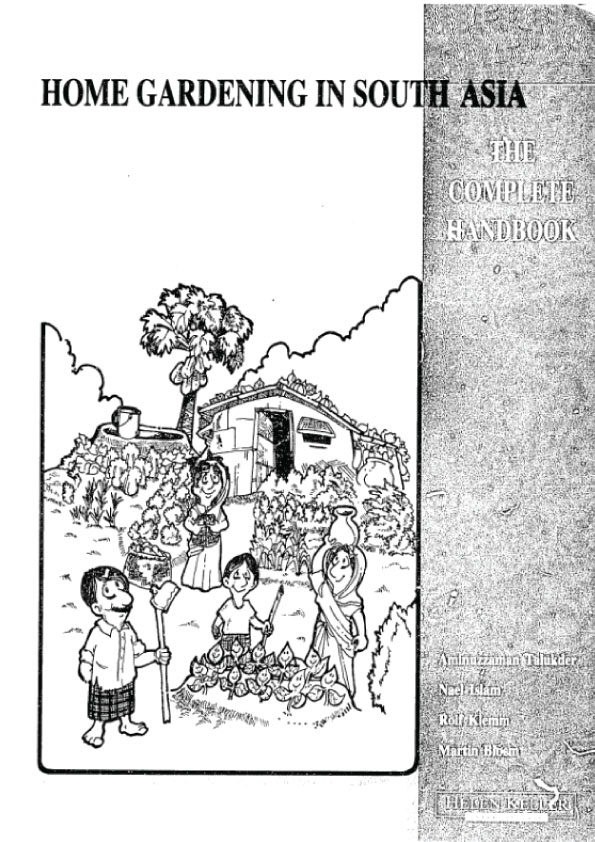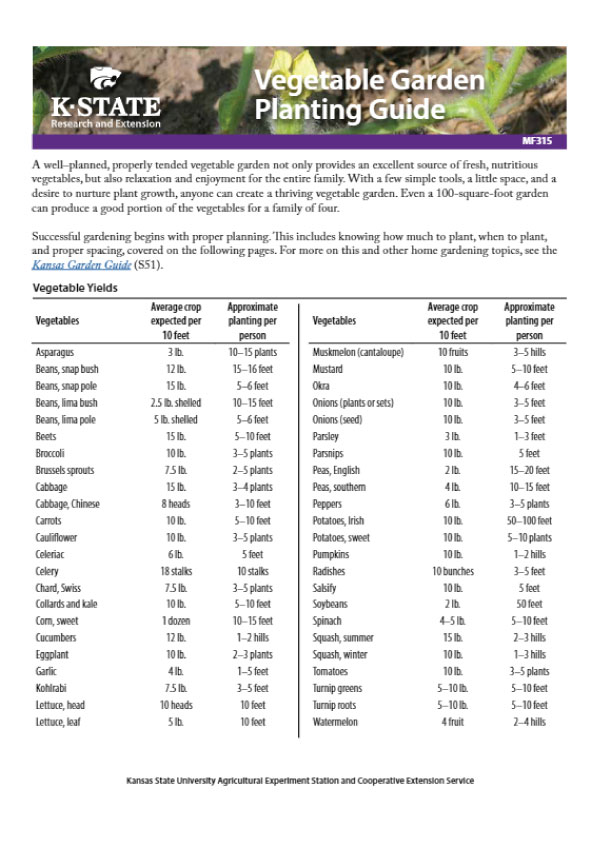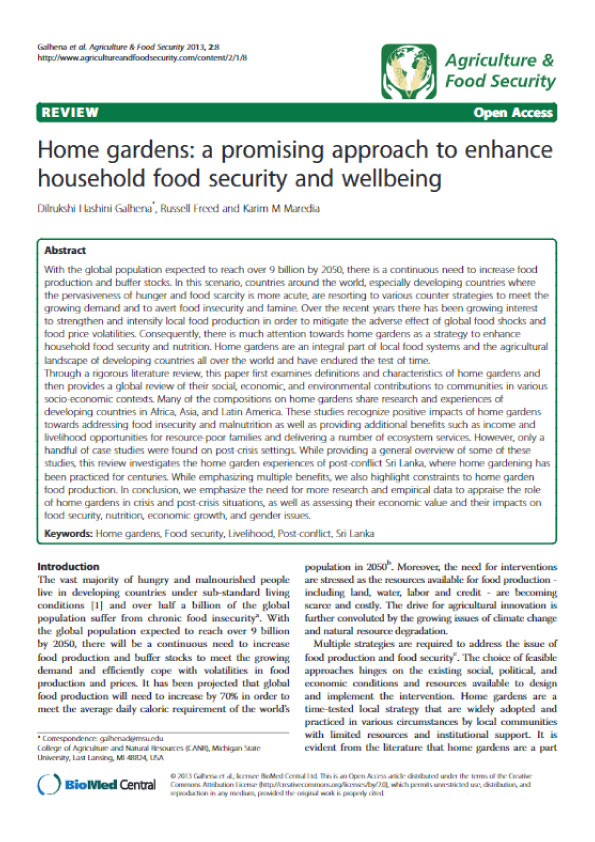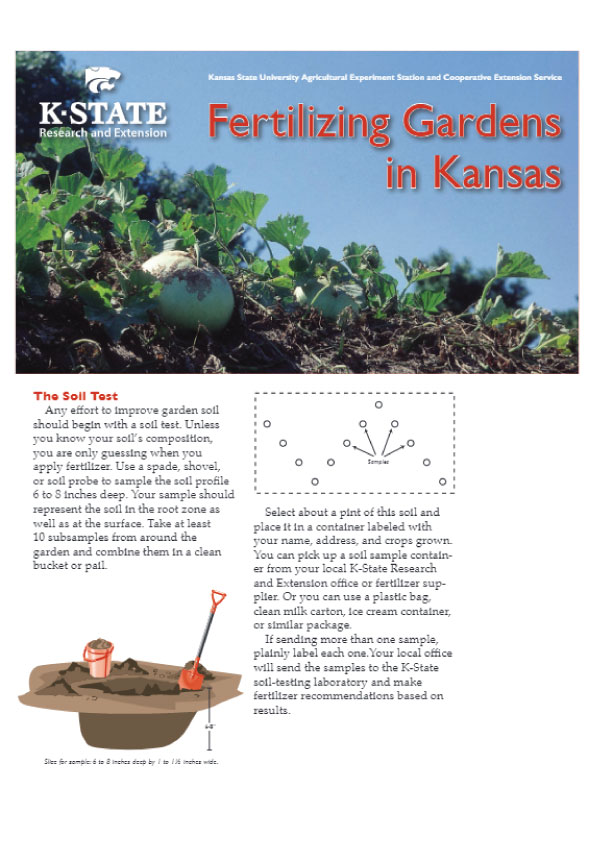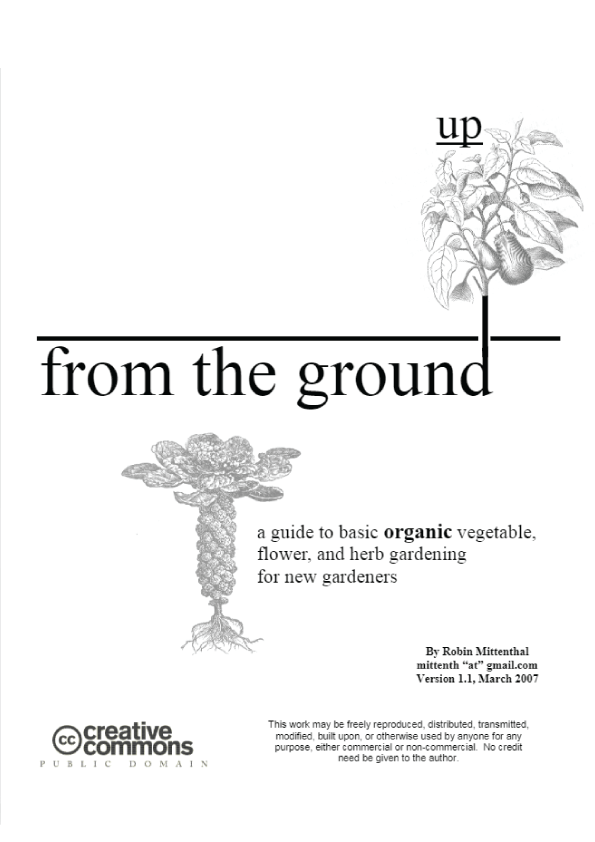Why is home gardening needed?
The National Nutrition Survey of 1981-82 revealed that in Bangladesh the average intake of vitamin A was only 38% of the recommended daily amount, and that 88% of families consumed even less than that. That survey also revealed that vegetables were the main source of vitamin A in the diet. The National Nutritional Blindness Prevalence Survey (NNBP) conducted in 1982-83 found that only 13% of children under 5 ate vegetables. The main responses for not eating vegetables was stated to be either non-availability or high cost. The reasons for the low consumption of vitamin A would therefore seem to be not only poor availability of
vitamin A rich vegetables, but also the prohibitive cost of those vegetables which are available. In addition, a general lack of awareness about the importance of vitamin A in the diet adds further constraints to vegetable intake.
Bangladesh does not produce enough vegetables to meet the needs of the population: it is estimated that local production meets only 25% of total requirements. Therefore, it follows that vegetable production falls far short of meeting the optimum nutritional need. The present daily consumption is about 30 gm per person although the average adult requires at least 200 gin.
About 10% of the 14 million homes in Bangladesh have an average area of 810 square meters. There is considerable fallow land around the homes which can be used for vegetable production. By establishing a home garden, a marginal or poor family can grow enough vegetables for its consumption and also be left with a surplus to sell at the local market for generating additional family income. Experiments conducted in Thailand and Taiwan by the Asian Vegetable Research Development Center
(AVRDC) have shown that it is possible for small gardens to produce enough foods rich in vitamin A (among other nutrients) to meet the family’s requirements. The NNBP found that families with home gardens were less at risk of xerophthalmia and other problems associated with vitamin A deficiency.
In the long term, home gardening can play a vital role in the prevention of nutritional blindness in Bangladesh. It is also a familiar, traditional concept to people in the rural areas of Bangladesh.
What is the situation regarding Vitamin a deficiency in Bangladesh?
In Bangladesh, the prevalence of night blindness due to vitamin A deficiency is 3.2%, which is well above the World Health Organization (WHO) criteria for a major public health problem. More than a million children have visible signs of vitamin A deficiency and about half a million children under 6 are suffering from nigh blindness. 30,000 children go blind every year and almost half of them die within a year of becoming blind. Moreover, a child deficient in vitamin A faces higher risks of morbidity and mortality than a healthy child. One of the primary causes of the high level of vitamin A deficiency is the low intake of vegetables.
The United Nations World Summit for Children and the WHO/UNICEF conference on “Ending Hidden Hunger” called for a reduction in child blindness, morbidity and mortality by the worldwide control or elimination of vitamin A deficiency.
What is the present status of home gardening in Bangladesh?
There are much higher levels of production and consumption of cereal crops (mainly rice) than of horticultural crops (vegetables and fruit) in Bangladesh. Despite the opportunities for home gardening, home production remains a low priority in agricultural development.
A number of Governmental Organizations (GOs) and Non-Governmental Organizations (NGOs) are already encouraging the development of home gardening in some parts of the country. However, coverage of high-risk areas is thin and patchy. Around 100 organizations are presently involved in some way in home gardening activities. Twenty of these organizations are working on different aspects of home gardening management. Some organizations are providing training in home gardening and nutrition/health education and promoting low-cost inputs. Most organizations encourage the participation of women.
What is the role of the participants in home gardening programs?
Planners and program managers have various approaches to home gardening promotion. This handbook is based on the knowledge that in order to develop suitable and adaptable technology, community knowledge as well as scientific knowledge is essential. The handbook recognizes that the home gardeners are the ultimate decision makers. Scientific knowledge and experiments should be used according to the needs of home gardeners and their ability to apply such knowledge.
A successful home gardening program should be implemented across the board, involving managers, extension workers/agents and community members. To allow for the proper transfer of technology at different levels, the handbook is targeted at the various levels in a home gardening project. Experience gained from different home gardening projects, rather than rigid principles, was used in developing this handbook. It is intended to be a flexible tool for home gardening practice, which can be adapted to local situations.
Why is this home gardening handbook needed?
A number of organizations, with differing objectives, are working in the field of home gardening. Some are focusing not on vitamin A but on other issues such as income generation, credit programs or social activities. Different levels of field staff are working in this area. Those who are involved in transferring technology at different levels will understand the need to implement successful home gardening programs.
This book is based primarily on the lessons which Helen Keller International Bangladesh (HKI) has learned from its experience in different home gardening projects. It attempts to cover the important aspects and basic requirements of home gardening.
